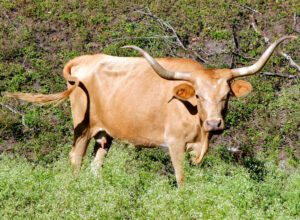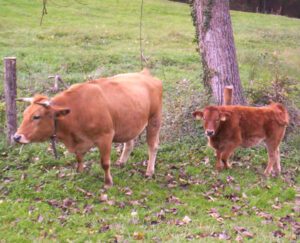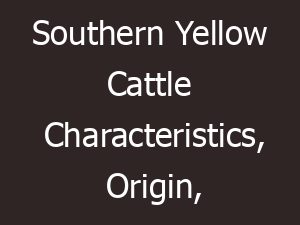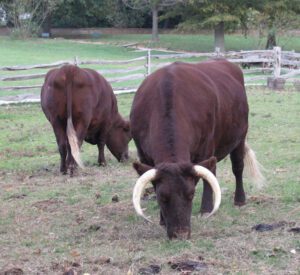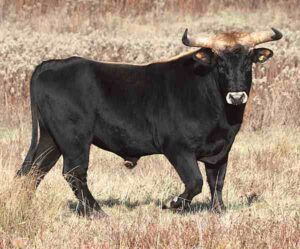You need to know the ways of caring for calves if you have calves in your existing herd, or if you want to raise cattle but don’t have enough money or scope to purchase adult cattle.
Actually by raising 1 or several cows you can enjoy constant supply of fresh milk and all the byproducts you can make from milk.
But due to any reason if you can’t purchase adult cows, then you can consider purchasing calves shortly after they are born and start raising them.
You also need to know the ways of caring for calves if you have an existed herd and there are some calves. However, here we are describing more about the ways of caring for calves.
Caring for Calves
Here we are describing more information about caring for the baby calves.
Move the Calf to It’s own Hutch
Move the calf to it’s own hutch or pen. Generally the calves can develop a number of different infections and diseases easily which can be fatal.
So you need to move the calf to it’s own hutch or pen in order to keep the calf free from these infections and diseases.
This will not only allow you to monitor the calf easily, but also prevents multiple calves from having to compete for food when feeding (if you have multiple calves in your herd).
You can move the calf to it’s own pen after it has been with it’s mother for one day and has feed 3-4 times.
And the calf can be moved back to the group pen with it’s mother or other cows once the calf is of 2 months old.
The hutch should be comfortable for the calf. So ensure the hutch is equipped perfectly with fresh, clean and dry straw for bedding.
Observe the Urine and Feces of the Calf
Keep an eye on the feces and urine of the calf while it is in her hutch. Also observe it’s food intake.
Observe for any changes in how much food your calf consumes, and the consistency and frequency of feces and urine production.
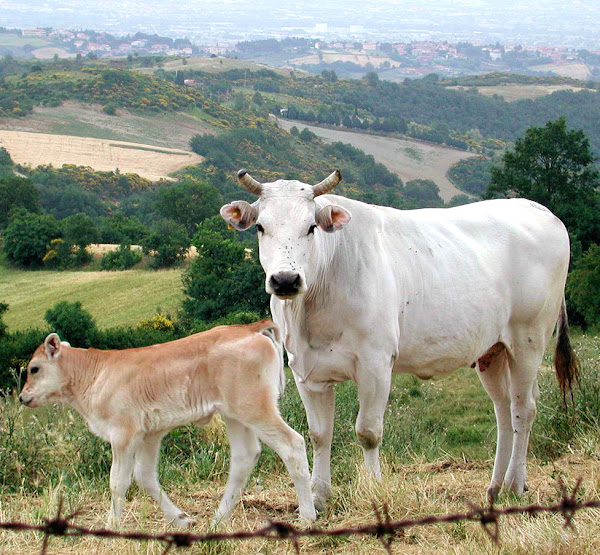
Consult with the vet urgently, if you notice any changes.
Weaning the Calf
Decide whether you want to partially or completely wean the calf. Complete weaning means that the cow and calf are kept separated 24 hours after birth and do not come into contact with each other again.
And partial weaning means that the cow and calf stay in contact with each other, but the calf is only allowed to feed from the mother at certain times.
Your only option is to do a complete weaning if you have purchased a calf and do not have the mother.
But if you have calf in your own property and the mother is around then you can consider doing partial weaning.
Use Milk Replacer
You have to use milk replacers for weaning your calf completely. A calf will need to consume milk replacers if it is being weaned completely.
And it will require milk replacers for a certain period before it can be fed dry feed.
Although powdered milk replacers are not too good for the calves, and sometimes it can cause a calf to get diarrhea.
So observe the feces of the calf, and you should keep the feeding equipment clean and disinfected at all times.
Allow the Calf to Graze
You can allow your calf to graze any grass it wants. But in case you don’t have land with grass, then you can tie clippings of grass to the fence of the pen. But do not place the grass on the ground.
Calf Concentrate
Concentrate is actually dry feed and you can offer it to your calf. You can ensure availability of concentrate to the calf from the start (although you may not notice her eating it right away.
Provide a small amount of concentrate at the beginning and observe how much the calf eats. And add a little more to the bowl once the calf start to eat the concentrate. Remove any uneaten feed on a daily basis.
Water
Always ensure availability of sufficient fresh water. The calf must drink water regularly in order to stay healthy and hydrated. Probably your calf will start drinking water after 1-2 weeks.
Regular Health Checks
You must have to check the calf daily for signs of sickness. Check the noses of the calf. The nose should be clear of discharge and are moist and cool.
Healthy calves will generally have alert and responsive ears with no infection around the ears.
Their mouth should be clear of ulcers and the navels should be clear of infection.
They should have shiny, supple coats and they should stand and walk normally. And the healthy calf will take food frequently.

